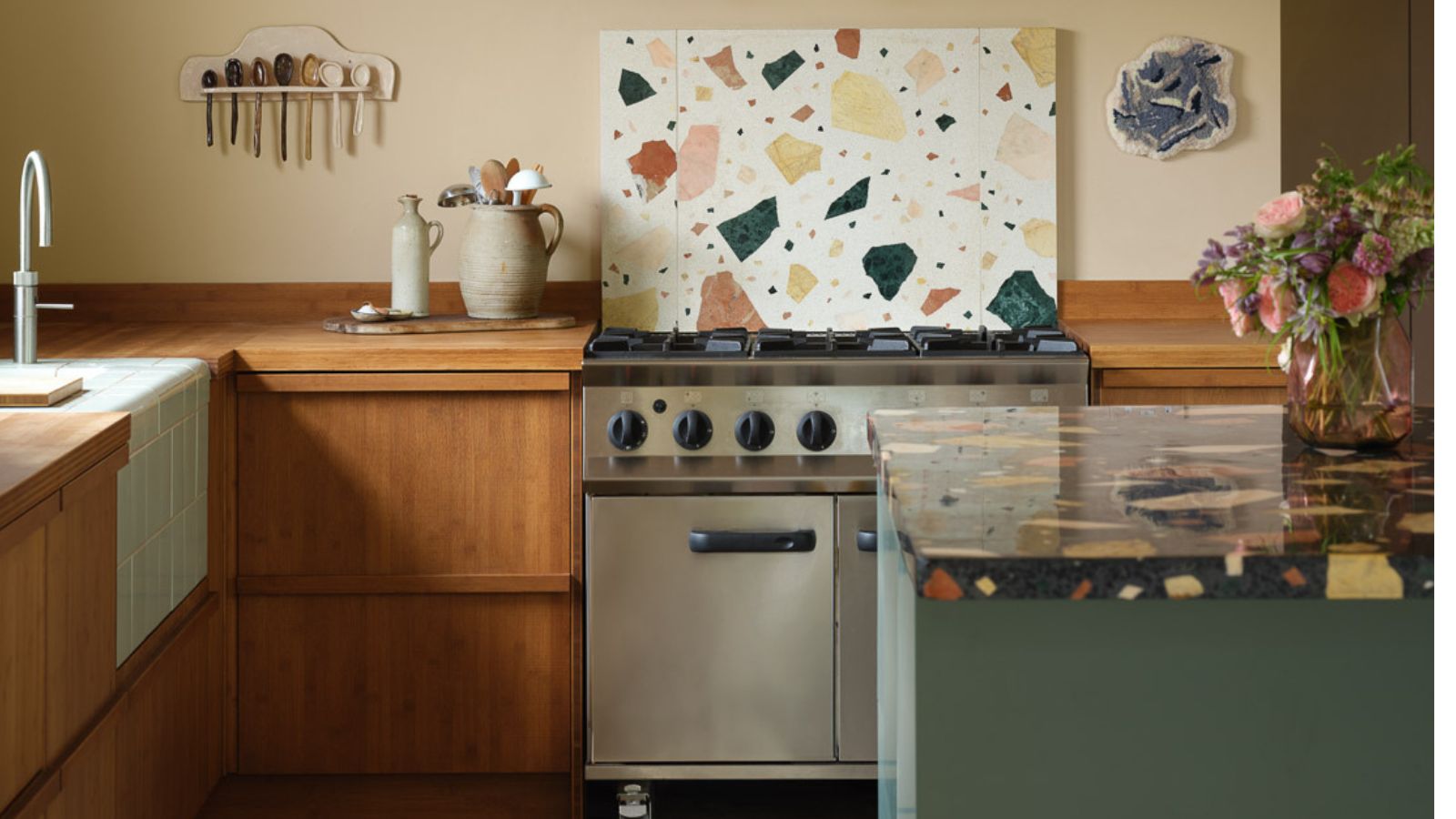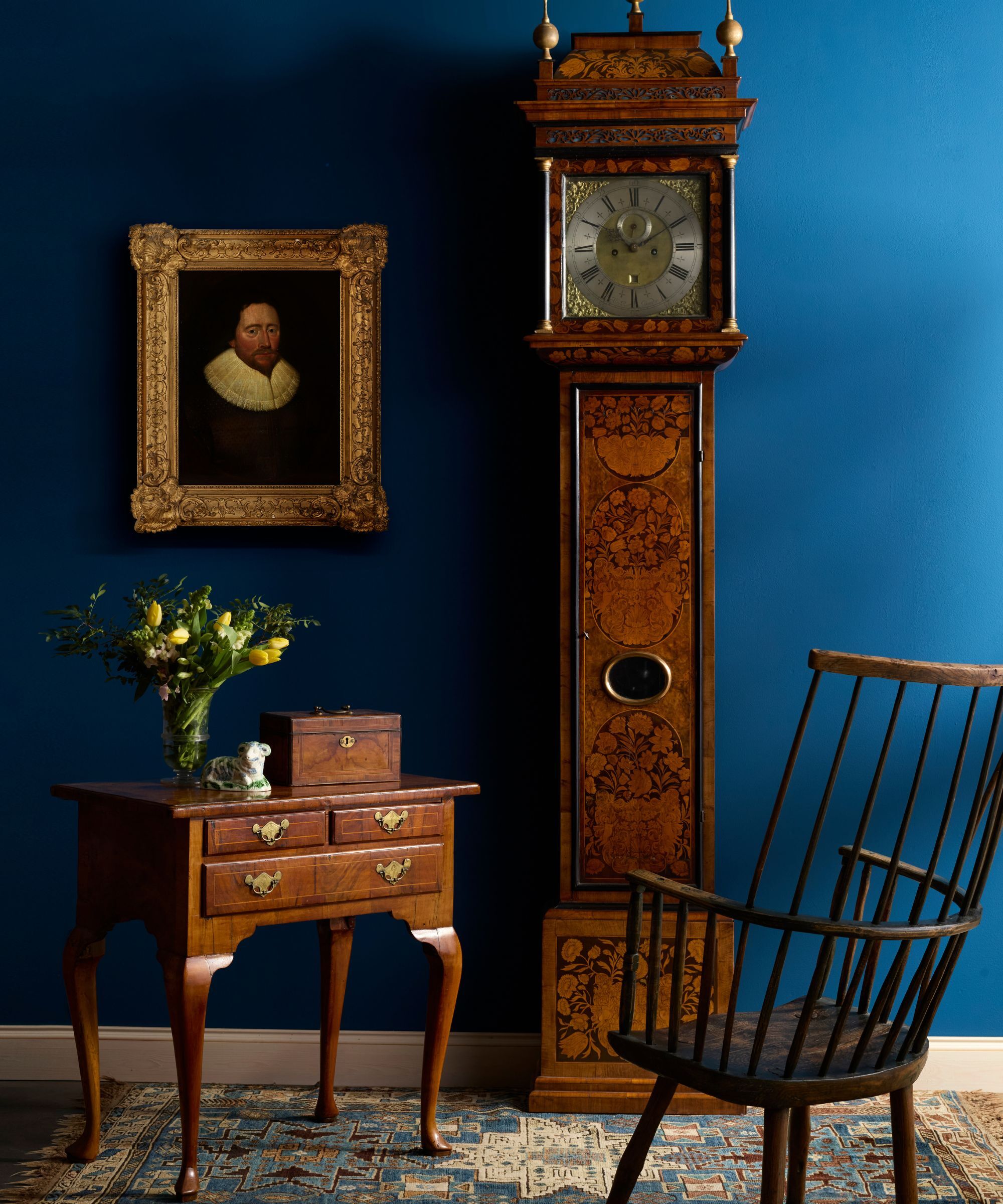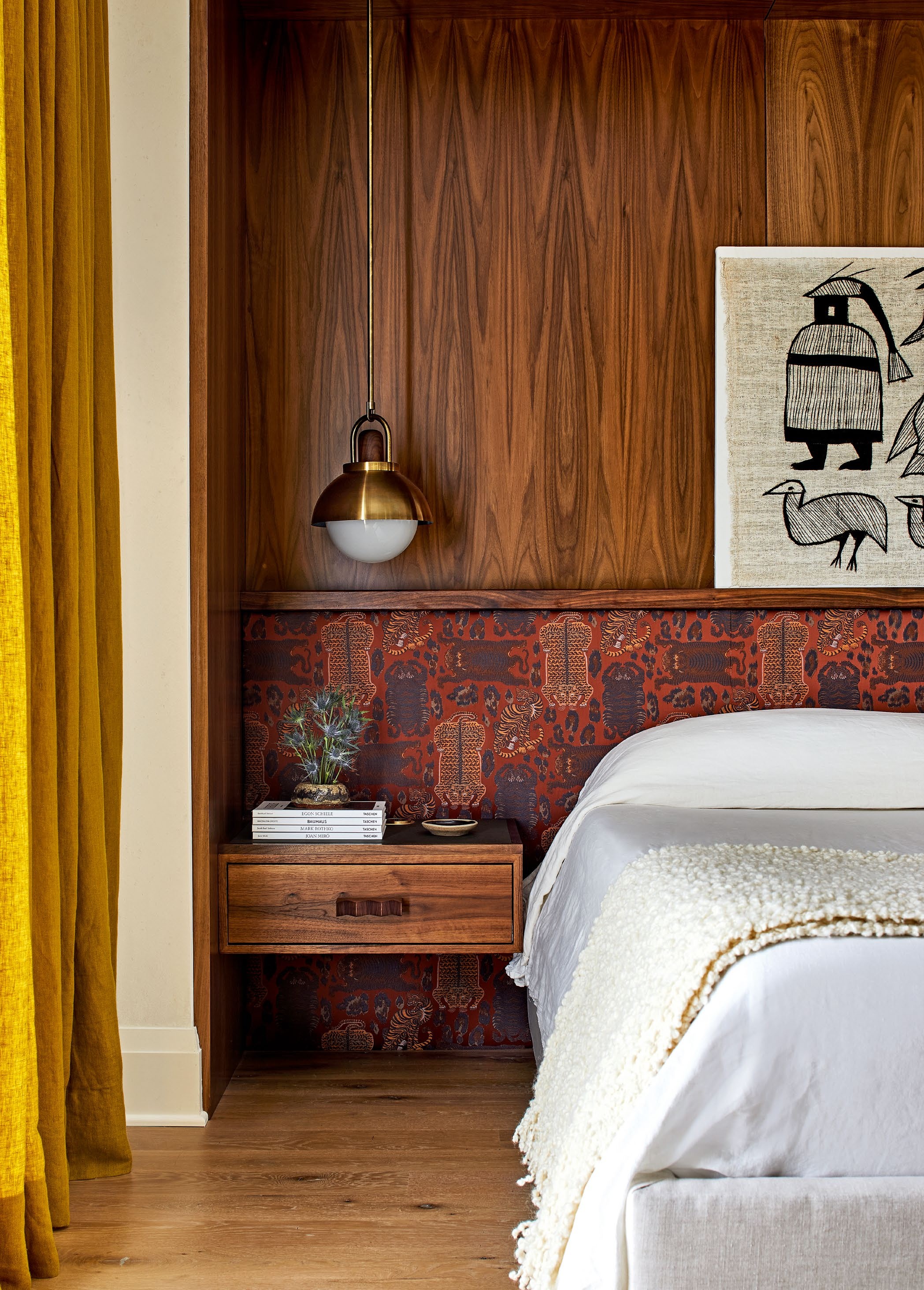5 colors designers warn to never pair with wood
Wood features in most homes, it's incredibly versatile, however, there are certain shades that will clash rather than complement


The natural grain and earth-colored minerals that define the unique character of a particular wood will have a profound effect on the aesthetic disposition of a space. It cannot be underplayed just how much the relationship between the wood and paint colors chosen for a space impacts the overall atmosphere of a room, and as such, there are certain colors that you should always avoid pairing with wood.
For example, depending on the type of wood used underfoot, certain paint colors pair well with wooden flooring, while others may, at best, look unflattering and, at worst, intensely jarring when paired with that same wood. When you are weighing and plotting different room color ideas as part of your interior design plans or renovation, paying close attention to the grain and coloring of the wood you have chosen, or already have in place, will be paramount for avoiding aesthetic discordance.
With this in mind, we asked interior designers what colors are best avoided with certain woods, and what shades should be used instead.
1. Avoid clashing orange-toned wood with bright colors

Interior designer Leah Harmatz of Field Theory Design notes ‘An orange-toned wood such as Douglas fir or cedar will often clash with bright colors.’
While it may seem sensible to pair brightness with brightness, woods with an orangey undertone have an inherent warmth, and when paired with bright, bold paint colors, such as azure blue, pollen yellow, or a saturated fuchsia pink, the two mismatching energies can feel very jarring.
Instead, she suggests, you should aim to balance out the toasty undertones with something less inherently warm. ‘Orange-toned wood can be balanced out by blues, greens, and grays that still have a warm undertone to tie into the wood,’ she explains.
2. Don’t mix mahogany with brown

If you have dark wooden pieces, it's vital that the color palette of the room they're intended to live in doesn't mask the beauty of the wood.
Design expertise in your inbox – from inspiring decorating ideas and beautiful celebrity homes to practical gardening advice and shopping round-ups.
'Brown antique furniture is beautiful and it deserves a contrasting wall to really sing,' says antique dealer and interior decorator Jen Bienvenu. 'Almost any color will look great with mahogany, but you should most definitely avoid moody, rich tones or chocolate brown paints,' she explains, 'These rich, organic colors will only hide the beauty of antique furniture.'
Instead, interior designer Caroline Borgman suggests something that doesn't attempt to compete with the colors in antique furniture. 'Mahogany adds texture and warmth, and so I would use neutral paint colors, such as Little Greene's Slaked Lime or Portland Stone.'
3. Working with polished timbers? Avoid pale colors

Artichoke is a British architectural joinery and interior design company, renowned for its expert knowledge of different woods. Anthony Earle, Lead Concept Designer at Artichoke, explains, ‘We love to blend solid, natural timbers with certain colors. Often, different timbers in one space create a room that is full of interest and feels like it has always been there.'
'For its character and strength, we work frequently in oak – the warm tones pair beautifully with neutrals as well as green paints and more earthy natural pigments to bring out the hues in the grain. For polished timbers such as walnut, darker, richer colors complement the best, so avoid pale colors.'
With this advice in mind, it's wise to steer clear of crisp, brilliant white paint and icy cold grays, which, when paired with an intensely pigmented polished timber, can feel like a hostile partnership. Instead, consider more saturated hues, but crucially, those without inherent brightness.
4. Don’t clash maple with yellow undertones

'If you are working with maple, you will want to avoid any paint colors with yellow undertones,’ notes Jen Bienvenu. This is because maple tends to have yellowish pigments, and so when maple is paired with a yellow paint, it doesn't create a tonal, layered effect, but instead can be a rather jolting and heady mix.
With this in mind, if you have your heart set on a bang-on-trend butter yellow kitchen, then it would be wise to choose a different wood altogether. If you want to bring warmth, personality, and a sunny disposition to your home, pick one or the other, as yellow and maple aren't happy bedfellows.
That isn't to say that if you are using maple, you should shy away from strong colors altogether. 'As an example, olive green, oxblood red, and ochre work well with rich, warm woods,' explains Leah. Caroline Borgman recommends Farrow & Ball Green Smoke in particular.
5. Don't mix natural woods with neon colors

If you are a lover of bright, bombastic color, it's worth considering where you use it throughout your home.
The overall memo from designers seems to be clear: the wood and the paint color chosen for a particular scheme should feel like siblings in some way. Crucially, they are not identical (as this will remove all personality from both wood and paint), but not so far away from each other visually that they make an incompatible pair.
On the whole, neon colors are rare occurrences in nature, and their partnership with natural woods can be visually arresting. Making a statement may be the point of the bright paint color you have chosen, in which case, different texturized finishes would be preferable to wood, so as not to distract from the blaze of color.
If you plan to decorate with wood, and that rings true for most interior schemes, take heed of some of the expert advice on unhappy color pairings and remember to always work tonally, rather than going against the grain, so to speak.
It's also worth bearing in mind how to mix different wood tones, as although different woods used together are what truly elevate a space, some woods are happy collaborators and others simply never get along.

Sophia Pouget de St Victor is the UK Content Editor at Homes & Gardens, bringing readers the latest trends, expert insights, and timeless design inspiration tailored to a UK audience. With a background in luxury interiors and a qualification in Garden Design from London, she has a passion for creating spaces with character and emotional depth. Sophia gravitates toward interiors that defy definition, valuing individuality and effortless elegance. She lives in West London with her partner, two mischievous terriers, and a plump cat named Lettuce.